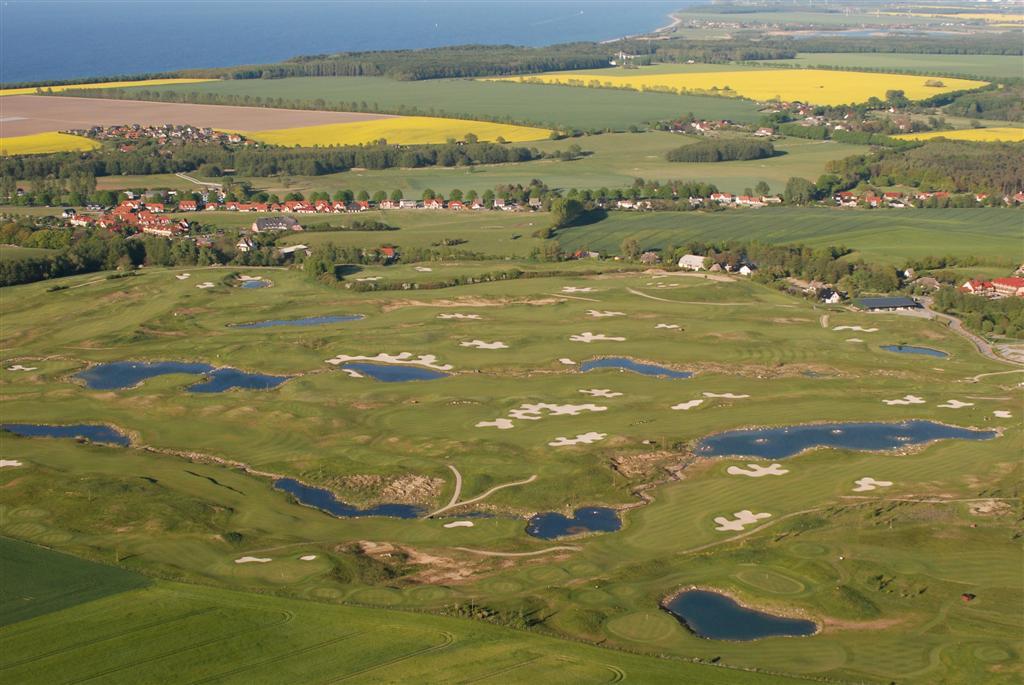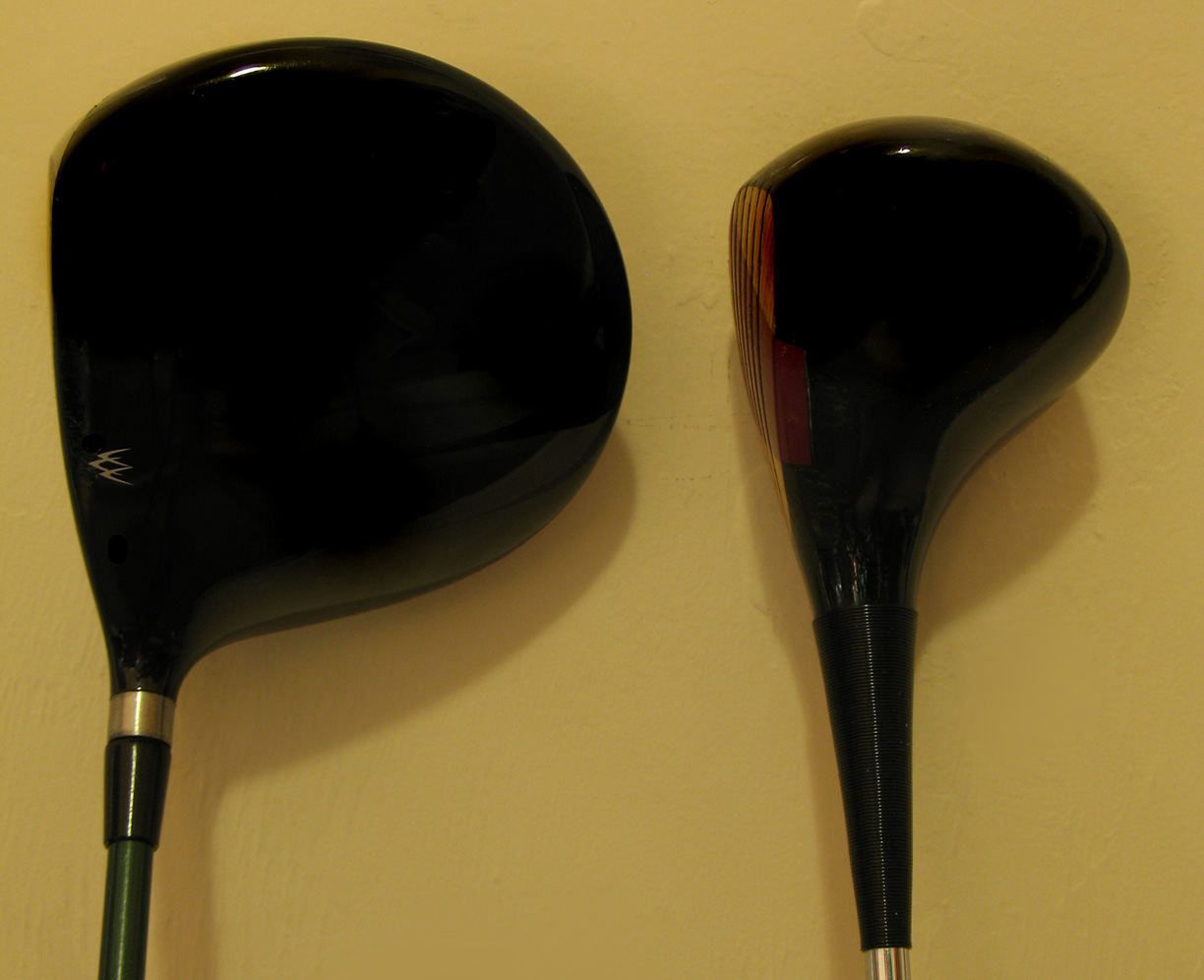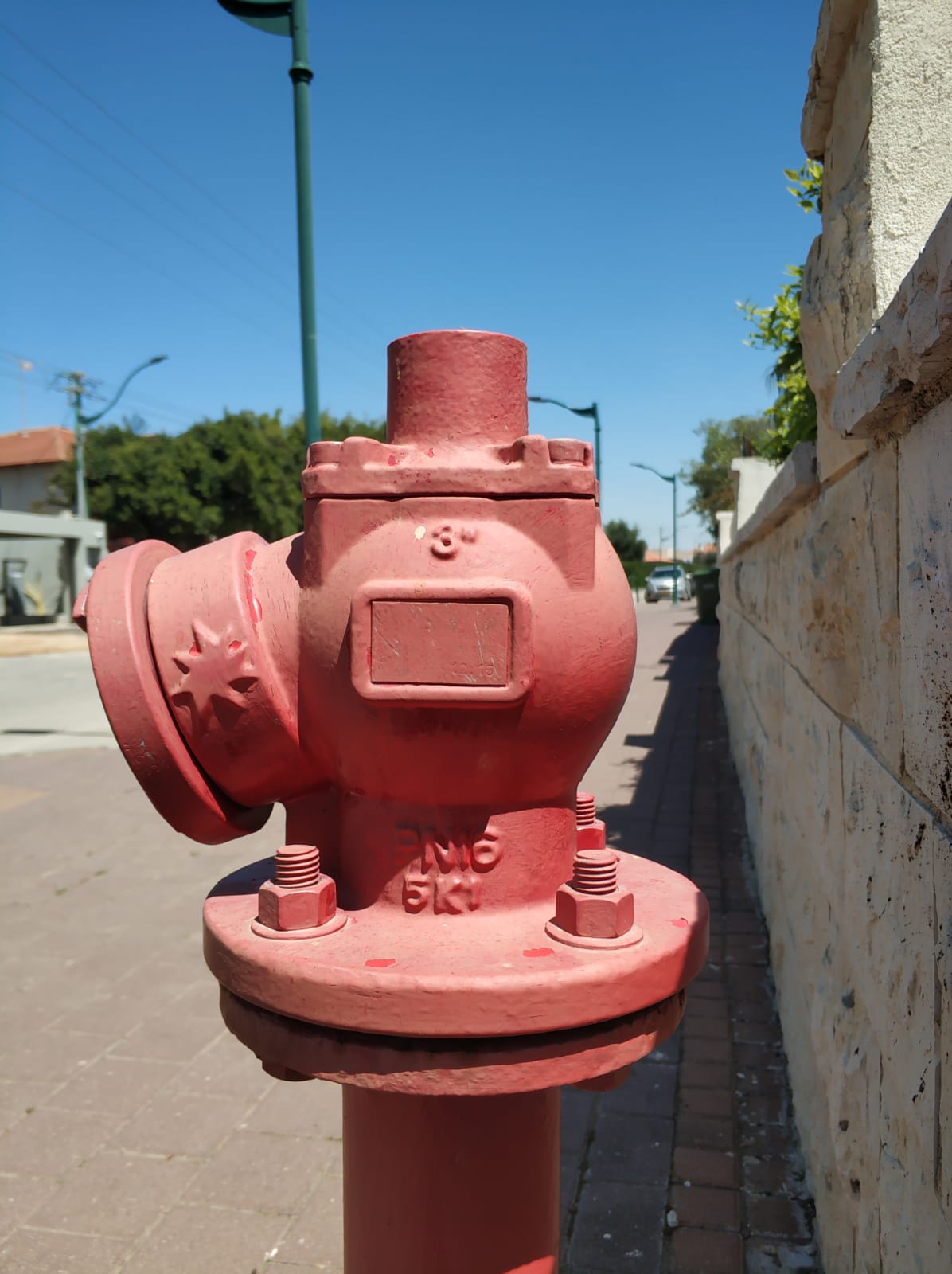|
Penalty (golf)
In the sport of golf, a penalty or penalty stroke is an additional stroke or strokes added to a player's score for an infraction of the rules. In match play, rather than adding strokes, the usual penalty is loss of the hole except for penalties assessed for relief from a hazard or a lost ball. Situations in which a penalty may be assessed include, but are not limited to: *Declaring the ball unplayable in its current location. This technically violates one of the primary rules - "Play the ball as it lies", but the rules provide for relief when a ball is in a position where the player does not wish to attempt to play it. Examples include when the ball lies among tree roots or rocks ("between a rock and a hard place"), underneath shrubbery, etc. and attempting to play it would risk injury and/or result in damage to the club and/or the course. A substitute ball is dropped or placed at a penalty of one stroke. **A penalty does ''not'' apply if the ball is unplayable due to an "abnormal ... [...More Info...] [...Related Items...] OR: [Wikipedia] [Google] [Baidu] |
Golf
Golf is a club-and-ball sport in which players use various Golf club, clubs to hit a Golf ball, ball into a series of holes on a golf course, course in as few strokes as possible. Golf, unlike most ball games, cannot and does not use a standardized playing area, and coping with the varied terrains encountered on different courses is a key part of the game. Courses typically have either 9 or 18 Glossary of golf#Hole, ''holes'', regions of terrain that each contain a ''cup'', the hole that receives the ball. Each hole on a course has a teeing ground for the hole's first stroke, and a putting green containing the cup. There are several standard forms of terrain between the tee and the green, such as the fairway, rough (tall grass), and various Hazard (golf), ''hazards'' that may be water, rocks, or sand-filled Glossary of golf#Bunker, ''bunkers''. Each hole on a course is unique in its specific layout. Many golf courses are designed to resemble their native landscape, such as alon ... [...More Info...] [...Related Items...] OR: [Wikipedia] [Google] [Baidu] |
Match Play
Match play is a scoring system for golf in which a player, or team, earns a point for each hole in which they have bested their opponents; as opposed to stroke play, in which the total number of strokes is counted over one or more rounds of 18 holes. In match play the winner is the player, or team, with the most points at the end of play. Although most professional tournaments are played using the stroke play scoring system, there are, or have been, some exceptions, for example the WGC Match Play and the Volvo World Match Play Championship, and most team events, for example the Ryder Cup and Presidents Cup, all of which are in match play format. Scoring system Unlike stroke play, in which the unit of scoring is the total number of strokes taken over one or more rounds of golf, match play scoring consists of individual holes won, halved or lost. On each hole, the most that can be gained is one point. Golfers play as normal, counting the strokes taken on a given hole. The golfer w ... [...More Info...] [...Related Items...] OR: [Wikipedia] [Google] [Baidu] |
Irrigation Sprinkler
An irrigation sprinkler (also known as a water sprinkler or simply a sprinkler) is a device used to irrigate (water) agricultural crops, lawns, landscapes, golf courses, and other areas. They are also used for cooling and for the control of airborne dust. Sprinkler irrigation is the method of applying water in a controlled manner in way similar to rainfall. The water is distributed through a network that may consist of pumps, valves, pipes, and sprinklers. Irrigation sprinklers can be used for residential, industrial, and agricultural usage. It is useful on uneven land where sufficient water is not available as well as on sandy soil. The perpendicular pipes, having rotating nozzles on top, are joined to the main pipeline at regular intervals. When water is pressurized through the main pipe it escapes from the rotating nozzles. It gets sprinkled on the crop. In sprinkler or overhead irrigation, water is piped to one more central locations within the field and distributed by overh ... [...More Info...] [...Related Items...] OR: [Wikipedia] [Google] [Baidu] |
Water Hazard
A hazard is an area of a golf course in the sport of golf which provides a difficult obstacle, which may be of two types: (1) penalty areas such as lakes and rivers; and (2) bunkers. A penalty area was previously referred to as a water hazard. Special rules apply to play balls that fall in a hazard. For example, a player may not touch the ground with their club before playing a ball, not even for a practice swing. A ball in any hazard may be played as it lies without penalty. If it cannot be played from the hazard, the ball may be hit from another location, generally with a penalty of one stroke. The Rules of Golf govern exactly from where the ball may be played outside a hazard. Bunkers (or sand traps) are shallow pits filled with sand and generally incorporating a raised lip or barrier, from which the ball is more difficult to play than from grass. Bunker A bunker is a depression, commonly near the green or fairway, that is usually filled with sand. Playing the ball from ... [...More Info...] [...Related Items...] OR: [Wikipedia] [Google] [Baidu] |
Putting Green
A golf course is the grounds on which the sport of golf is played. It consists of a series of holes, each consisting of a tee box, a fairway, the rough and other hazards, and a green with a cylindrical hole in the ground, known as a "cup". The cup holds a flagstick, known as a "pin". A standard round of golf consists of 18 holes, and as such most courses contain 18 distinct holes; however, there are many 9-hole courses and some that have holes with shared fairways or greens. There are also courses with a non-standard number of holes, such as 12 or 14. The vast majority of golf courses have holes of varying length and difficulties that are assigned a standard score, known as par, that a proficient player should be able to achieve; this is usually three, four or five strokes. Par-3 courses consist of holes all of which have a par of three. Short courses have gained in popularity; these consist of mostly par 3 holes, but often have some short par 4 holes. Many older courses ar ... [...More Info...] [...Related Items...] OR: [Wikipedia] [Google] [Baidu] |
Golf Club
A golf club is a club used to hit a golf ball in a game of golf. Each club is composed of a shaft with a grip and a club head. Woods are mainly used for long-distance fairway or tee shots; irons, the most versatile class, are used for a variety of shots; hybrids that combine design elements of woods and irons are becoming increasingly popular; putters are used mainly on the green to roll the ball into the hole. A set of clubs is limited by the rules of golf to a maximum of 14 golf clubs, and while there are traditional combinations sold at retail as matched sets, players are free to use any combination of legal clubs. The most significant difference between clubs of the same type is ''loft'', or the angle between the club's face and the vertical plane. It is loft that is the primary determinant of the ascending trajectory of the golf ball, with the tangential angle of the club head's swing arc at impact being a secondary and relatively minor consideration (though these small ch ... [...More Info...] [...Related Items...] OR: [Wikipedia] [Google] [Baidu] |
Inch
The inch (symbol: in or prime (symbol), ) is a Units of measurement, unit of length in the imperial units, British Imperial and the United States customary units, United States customary System of measurement, systems of measurement. It is equal to yard or of a foot (unit), foot. Derived from the Uncia (unit), Roman uncia ("twelfth"), the word ''inch'' is also sometimes used to translate similar units in other measurement systems, anthropic units, usually understood as deriving from the width of the human thumb. Standards for the exact length of an inch have varied in the past, but since the adoption of the international yard during the 1950s and 1960s the inch has been based on the metric system and defined as exactly 25.4Millimetre, mm. Name The English word "inch" () was an early borrowing from Latin ' ("one-twelfth; Roman inch; Roman ounce"). The vowel change from Latin to Old English (which became Modern English ) is known as Germanic umlaut, umlaut. The consonant c ... [...More Info...] [...Related Items...] OR: [Wikipedia] [Google] [Baidu] |
Shaft (golf)
The shaft of a golf club is the long, tapered tube which connects the golfer's hands to the club head. While hundreds of different designs exist, the primary purpose of the golf shaft remains the same: to provide the player with a way to generate centrifugal force in order to effectively strike the ball. When properly gripped the player can hit the ball further and more accurately, whilst applying less force. History Early golf clubs had wooden shafts, most commonly made of hickory. These shafts were resilient and withstood the forces created by the golf swing, but unlike modern, more stiff shafts, their high flexibility required a skilled swing to produce consistent results. Prior to 1935, hickory was the dominant material for shaft manufacturing, but it proved difficult to master for most golfers, as well as being quite frail. Steel would become the ubiquitous choice for much of the second half of the twentieth century. Although heavier than hickory, it is much stronger and more ... [...More Info...] [...Related Items...] OR: [Wikipedia] [Google] [Baidu] |
Bunker (golf)
A hazard is an area of a golf course in the sport of golf which provides a difficult obstacle, which may be of two types: (1) penalty areas such as lakes and rivers; and (2) bunkers. A penalty area was previously referred to as a water hazard. Special rules apply to play balls that fall in a hazard. For example, a player may not touch the ground with their club before playing a ball, not even for a practice swing. A ball in any hazard may be played as it lies without penalty. If it cannot be played from the hazard, the ball may be hit from another location, generally with a penalty of one stroke. The Rules of Golf govern exactly from where the ball may be played outside a hazard. Bunkers (or sand traps) are shallow pits filled with sand and generally incorporating a raised lip or barrier, from which the ball is more difficult to play than from grass. Bunker A bunker is a depression, commonly near the green or fairway, that is usually filled with sand. Playing the ball from ... [...More Info...] [...Related Items...] OR: [Wikipedia] [Google] [Baidu] |
Mulligan (games)
A mulligan is a second chance to perform an action, usually after the first chance went wrong through bad luck or a blunder. Its best-known use is in golf, whereby it refers to a player being allowed, only informally, to replay a stroke, although that is against the formal rules of golf. The term has also been applied to other sports, games, and fields generally. The origin of the term is unclear. Possible origin The earliest known use of the term is in a 1931 issue of the ''Detroit Free Press'', somewhat predating the earliest citation in the ''Oxford English Dictionary'' from 1936. The most common explanation of the term's origin is that it was named after a golfer with the surname ''Mulligan'', the main candidates being either David Mulligan or John A. "Buddy" Mulligan; however, no connection with these figures is recorded until several decades after the term entered common use. In 2017, Peter Reitan suggested that the term first arose in baseball sports writing and was associat ... [...More Info...] [...Related Items...] OR: [Wikipedia] [Google] [Baidu] |




